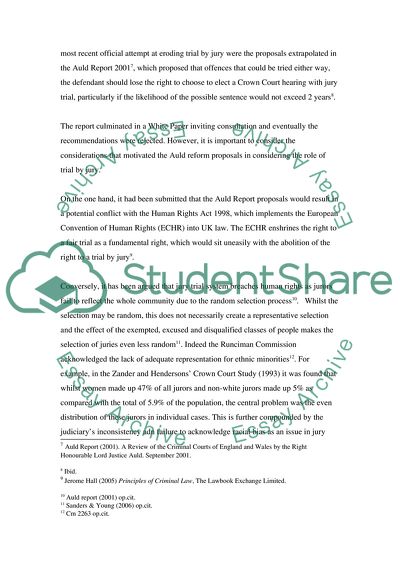Cite this document
(Jury System in England and Wales Assignment Example | Topics and Well Written Essays - 2000 words, n.d.)
Jury System in England and Wales Assignment Example | Topics and Well Written Essays - 2000 words. Retrieved from https://studentshare.org/law/1719841-criminal-justice-law
Jury System in England and Wales Assignment Example | Topics and Well Written Essays - 2000 words. Retrieved from https://studentshare.org/law/1719841-criminal-justice-law
(Jury System in England and Wales Assignment Example | Topics and Well Written Essays - 2000 Words)
Jury System in England and Wales Assignment Example | Topics and Well Written Essays - 2000 Words. https://studentshare.org/law/1719841-criminal-justice-law.
Jury System in England and Wales Assignment Example | Topics and Well Written Essays - 2000 Words. https://studentshare.org/law/1719841-criminal-justice-law.
“Jury System in England and Wales Assignment Example | Topics and Well Written Essays - 2000 Words”, n.d. https://studentshare.org/law/1719841-criminal-justice-law.


